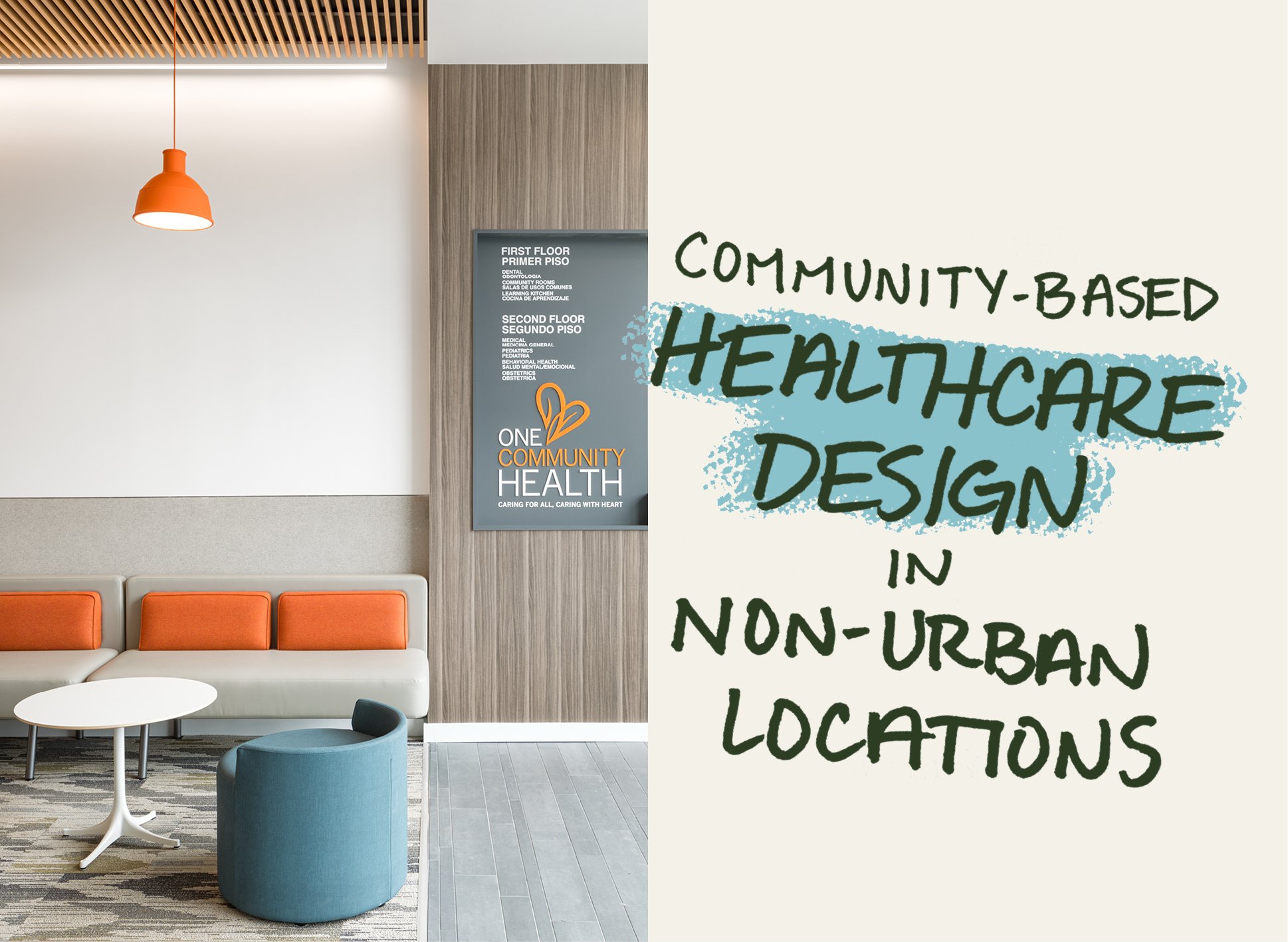ZERO Coalition Q&A With Juliette Grummon-Beale, Sustainability Director at Scott Edwards Architecture
Q: Scott Edwards Architecture has committed to creating a path to net zero energy and reducing carbon emissions. Can you share a little bit about what made the firm prioritize this and what actions SEA is taking?
A: Firm leadership recognized that we are at a pivotal moment in human history. As architects, working on millions of square feet every year, we have a great opportunity to be a part of the solution to the climate crisis through our design work and we are committed and inspired to do so. SEA became a signatory of the AIA 2030 Commitment, which requires architects to annually track and report all their projects' energy data to focus our sustainability efforts and hold ourselves accountable. We appreciate the simple clarity of the goals—net zero energy, net zero carbon—and yet recognize getting there is a complex challenge.
We’ve implemented a sustainability workflow that applies to all of our projects across a variety of scales and typologies. It begins with benchmarking and setting goals at the project’s start and then performing research to identify incentives that make these goals more cost-effective. Once we enter early design, we use shoebox modeling and embodied carbon estimating to better understand how our designs may perform, adjusting as needed. As an office, we are developing our own toolkit of best practices and standards for net-zero energy and have found tremendous value in pointing project teams to ZERO Coalition’s 7 Steps to Cost Effective Zero Energy.
Q: In your role as Sustainability Director, you have the opportunity to touch all the projects SEA is working on—can you discuss your approach to helping design teams and clients incorporate sustainability beyond what you mentioned in the previous question?
A: SEA designs in nine different market sectors, and this experience and array of perspectives provides us with opportunities to create sustainable responses informed by our unique base of knowledge. In my role, I can be a conduit for sharing solutions between teams, because what worked for a project in the commercial sector may inspire a design approach in our healthcare work. Last week, I was researching embodied carbon impacts of different exterior materials for a hospital and plan to incorporate those lessons on projects like our public facilities that require the same level of durability.
These same ideas apply to how we work with clients—our wide range of experience can be very beneficial across project types and scales. For me, I like to start with understanding our clients' main drivers and values and then aligning our sustainability approach with those. Many of our clients value durability and longevity which are great starting points for conversations about resiliency and naturally lead to discussing design for future climate, passive strategies, renewables, and battery storage. In other instances, we align our approach with health and well-being. We are working on a tenant improvement for a family grief center where prioritizing a healthy indoor environment is a strong client value. We are working to increase the amount and quality of daylight, improve indoor air quality, and ensure the space is thermally comfortable for its new use—all things tied to the final energy profile. We can use the health lens to encourage our clients to consider strategies that also optimize lowering energy.
Q: There seems to be an intersectional relationship between equitable design and sustainable design—have you encountered that in the work that you’re doing at SEA?
A: Absolutely—it’s most evident in our community-based and civic work. Community engagement, trauma-informed design, and incorporating universal design strategies are required alongside green building certification and renewable energy. For our affordable housing projects, energy efficiency is a part of their equity mission, as it passes savings on to the tenants. But we are also seeing our clients engage with the EDI lens to create inclusive and highly sustainable communal spaces.
One example is our Mahonia Crossing affordable housing development’s community building in Salem, Oregon. The building is targeting net-zero and incorporates strategies like using mass timber and solar energy to achieve this designation. The building sits within an intergenerational development that includes housing for families and seniors. The community building was a project priority so tenants would have a larger space to gather, host events or classes, and create cross-generational social interaction. The client also wanted the sustainability features to be showcased for tenants to learn about and be inspired, hence the exposed mass timber ceiling and solar panels easily visible from apartments.
Q: As the A/E/C industry continues to evolve to incorporate more sustainability, are there any methods or innovations in design that you’re really excited about?
A: I am excited about our future sustainability leaders. I sat in on a UO Regenerative Design Studio where students were asking pointed questions about our wet Oregon climate, building enclosure, and designing with mycelium bricks. It’s great to see students informing their designs by using embodied carbon calculators alongside a consideration of passive design.
I was also energized by the International Mass Timber Conference. I can’t believe how far mass timber has come in the last 10+ years. It gives me hope that human ingenuity and creativity can move quickly, as it is so necessary to solve our biggest challenges.
Juliette Grummon-Beale joined Scott Edwards Architecture in 2022 as the firm’s Sustainability Lead. She has over 15 years of experience in architecture and has worked on a wide range of project types, including municipal buildings, libraries, community centers, and higher education facilities. Juliette was drawn to architecture for its balance of art, problem-solving, and environmental stewardship, and she most enjoys projects that positively impact communities. Now as Sustainability Director, she provides sustainability-focused leadership and technical assistance to design teams, helping to identify objectives and develop solutions that align with project goals. Juliette’s passion for learning, holistic thinking, and detail-orientated nature lend themselves well to this type of work, as does her drive to strengthen the connection between people and place.




